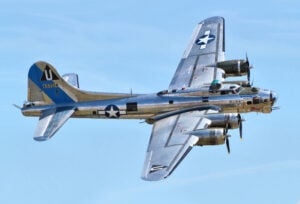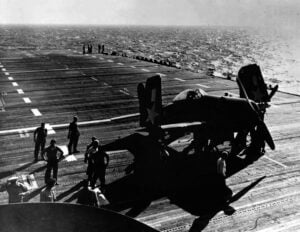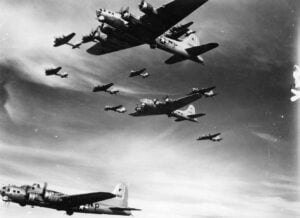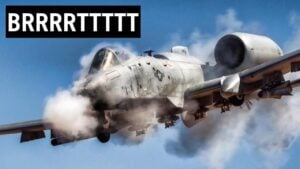The P-40 Pilot Who Faced 64 Enemy Fighters Alone and Pulled Off a Dogfight No One Believed
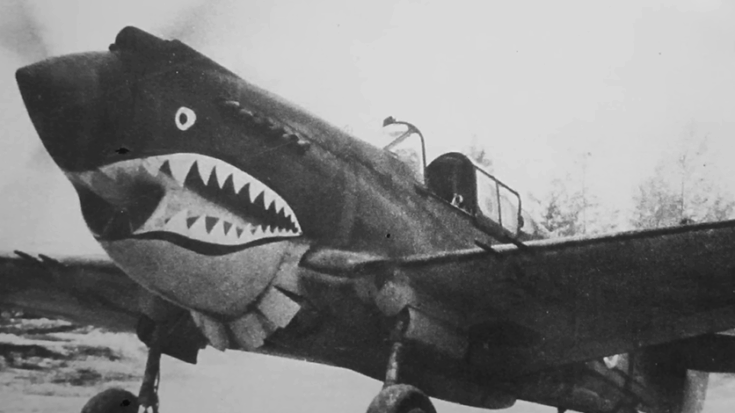
World War Made Simple / YouTube
Scramble Over Assam
On December 13th, 1943, the skies over Assam were alive with tension. Second Lieutenant Philip R. Adair climbed into his P-40, affectionately named Lulubelle, after receiving orders to scramble. At first, he spotted what appeared to be just four enemy planes. His heart raced, but he pressed forward, confident in his aircraft and skills.
As he closed in, the full scale of the threat became clear. The “four” planes were actually four flights of six bombers each, escorted by fighters above and below. More than sixty enemy aircraft were heading toward his home base, including hospitals and support buildings. The odds were nearly impossible. Alone against such a force, death seemed likely. Adair pushed that thought aside, throttled his P-40 to full speed, and dove straight into the fray.
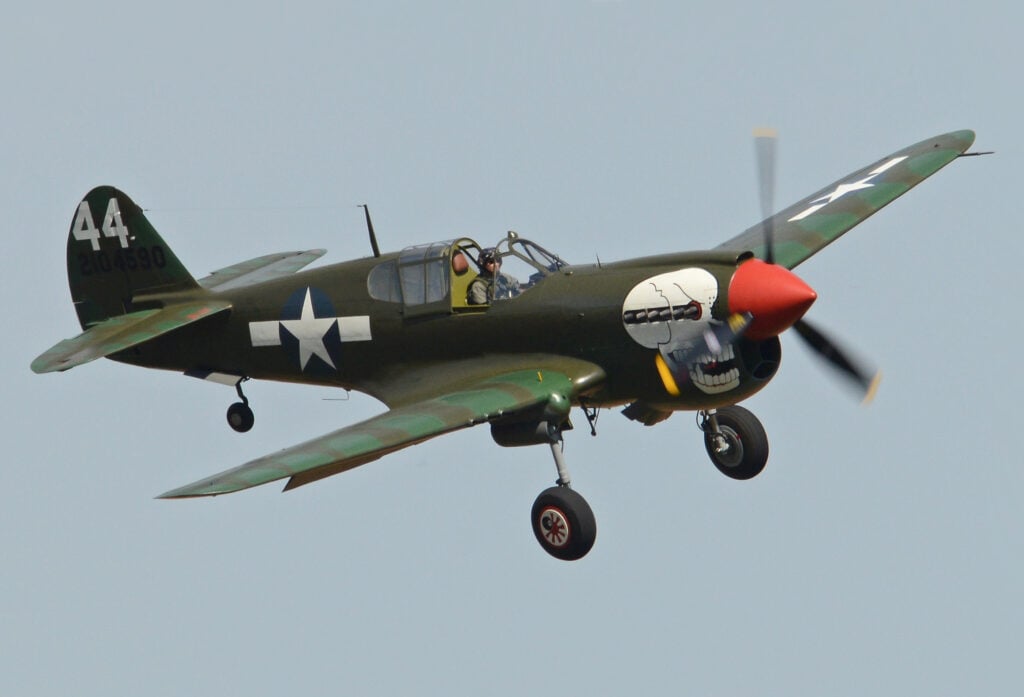
First Attack on the Bombers
Adair radioed control, explaining the danger and his plan to disrupt the bombing run. He focused on the bombers first, knowing that attacking the escorting fighters would alert them and ruin the element of surprise. Climbing high, he came in from the left, firing at maximum range to unsettle the lead formation. The tracers he unleashed made the bombers wobble, just enough to break their rhythm.
He maneuvered behind the last bomber and targeted its left engine. Flames appeared, and though the attack passed quickly, it seemed effective. Enemy fighters began to react, forcing Adair into a high-speed escape maneuver: a negative-G outside roll followed by a steep dive. By the time he pulled out, the escorting fighters returned to protecting the formation, and the bombers released their payload. Fortunately, the bombs fell wide, sparing the base from serious damage.

Engaging Fighters
Despite surviving the first pass, Adair chose to press on. Climbing again, he attacked another bomber formation. The enemy noticed him, and fighters swarmed to intercept. He picked a target and fired, seeing its landing gear drop and engine catch fire before it spiraled into the jungle. His plane escaped without damage, and he gained altitude for another run.
Yet the threat never ceased. Zeros attacked from all sides. At one point, Adair’s stick full forward maneuver failed to evade incoming fire. Tracers struck his aircraft, causing an explosion behind the cockpit. Flames shot forward around the armor plate, but high-speed diving prevented lasting damage. He wrestled with the controls, keeping Lulubelle aloft despite significant hits.
Fighting to Return Home
As Adair assessed the damage, he realized he was still 100 miles from base. The plane kept pulling down, and he reported his situation to control, preparing to bail out if necessary. Improvising, he experimented with flipping the P-40 upside down to gain lift and altitude, alternating repeatedly to keep the engine running smoothly. This unconventional approach allowed him to nurse the damaged aircraft back toward friendly territory.
During the return flight, he encountered another enemy fighter losing altitude. He attempted a last-ditch attack, but his ammunition ran out mid-pass. Escaping once more, he finally guided Lulubelle toward the airfield, executing a daring upside-down landing sequence. Flipping the plane at the last moment, the wheels touched down safely, ending his 44th mission.

Recognition and Legacy
Philip Adair’s action that day became legendary among the Burma Banshees. Alone against 64 enemy aircraft, he disrupted bombing formations, survived repeated attacks, and returned to base in a heavily damaged plane. For his bravery, he was awarded the Silver Star. His story highlights not only skill and courage but the improvisation and determination pilots relied on in extreme situations. Lulubelle, and the pilot who trusted her, proved that even in overwhelming odds, quick thinking and persistence could turn the tide of battle.













